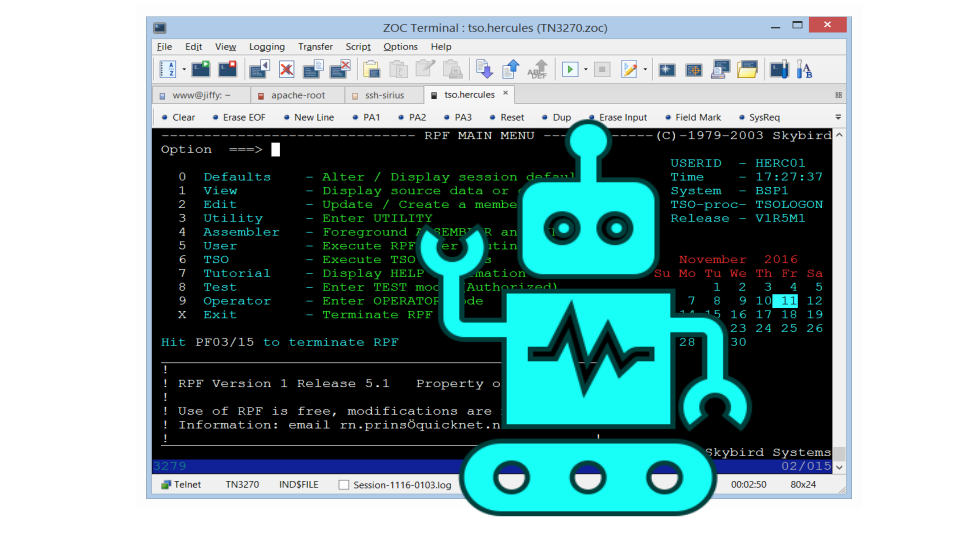RPA
What is RPA
In today’s fast-paced business environment, organizations are constantly looking for ways to improve efficiency, reduce costs, and stay competitive. Automation holds great promise for enterprises that rely on rapid, streamlined processes to gain efficiency and deliver
better experiences to customers and employees.
One technology that is becoming increasingly popular across different industries is robotic process automation (RPA). It is a type of software automation technology that uses software robots or bots to automate repetitive and rule-based tasks that are typically performed by humans.
RPA is often used to automate back-office processes such as data entry, invoice processing, and customer service. It can also be used to automate front-office processes such as customer onboarding and sales order processing.
RPA is a powerful technology that can help organizations improve efficiency, reduce errors, and save time and money.
It is a key component of digital transformation.
Benefits of RPA
RPA provides a number of benefits to organizations that embrace this technology. Some of the main benefits of the PRA include:
Increased Efficiency: RPA can automate repetitive tasks that do not require human judgement, faster and more accurately than humans, leading to increased efficiency in business processes. RPA has no working time limitation.
Increased Employee Satisfaction: By automating repetitive and mundane tasks, employees can be released from routine tasks and focus on higher-value tasks, leading to increased job satisfaction, motivation and productivity.
Cost Savings: By using RPA, organizations can reduce the need for human labor for repetitive and rule-based tasks and position human work to more high-value tasks.
Improved Accuracy: RPA can perform tasks with a high degree of accuracy, reducing the risk of errors and improving the quality of work.
Scalability: RPA can be easily scaled up or down depending on the needs of the organization.
Enhanced Customer Experience: By automating tasks such as data entry and processing, organizations can improve the speed and accuracy of customer service, leading to a better customer experience.

